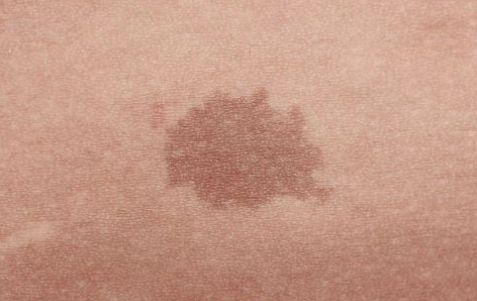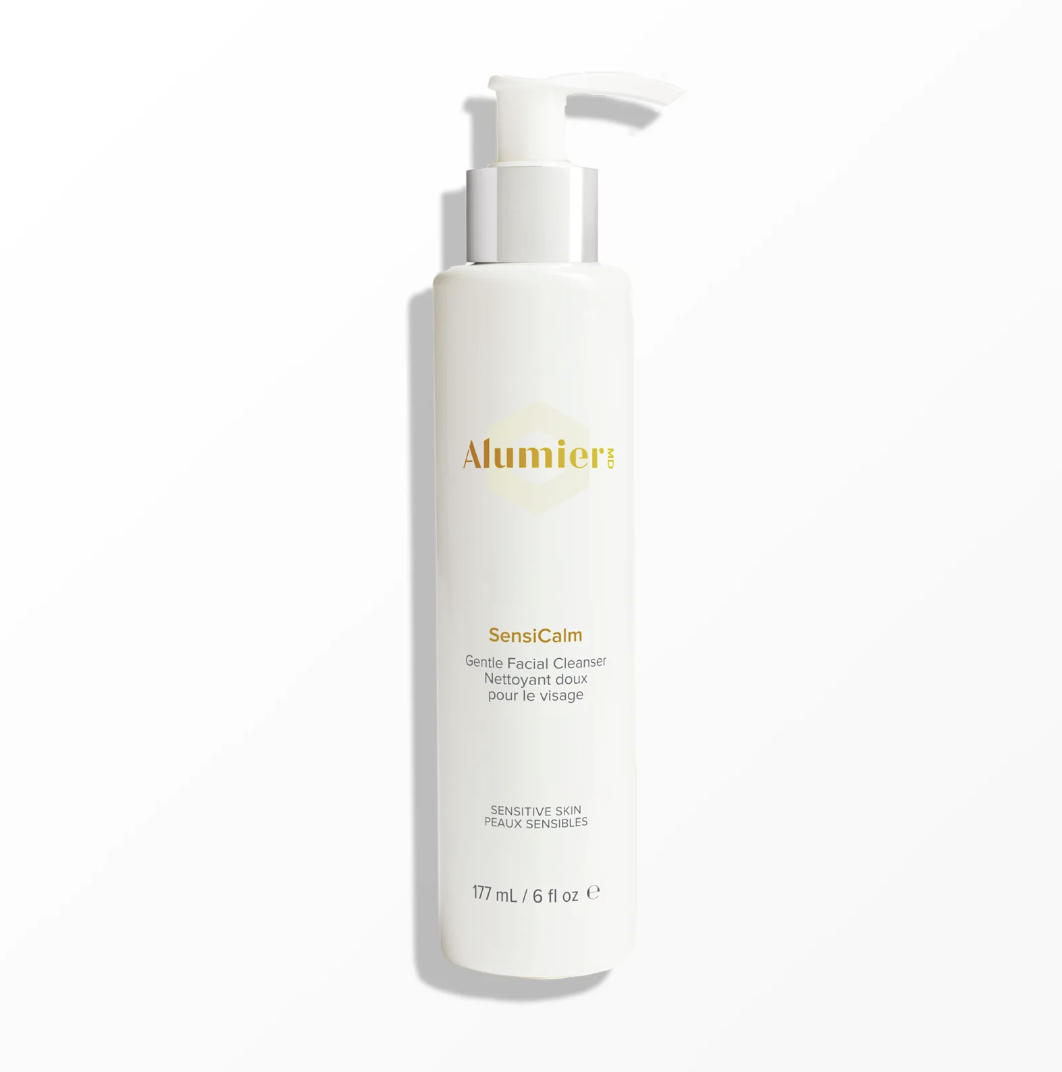
Advanced Solutions for Treating Pigmented Skin Lesions:
Transform Your Skin with Expert Care at Emerald Skin Lab
Pigmented Lesion
What is this?
Pigmented lesions appear as dark spots, freckles, or patches caused by excess melanin. These discolorations arise from sun exposure, hormonal changes, or aging, creating an uneven skin tone. While typically harmless, they may affect the skin's appearance, with common types including melasma, sunspots, and post-inflammatory hyperpigmentation.
-

Melasma
Dark patches caused by hormones and sun exposure, commonly on the face.
-

Freckles
Small brown spots from sun exposure, more visible on fair skin.
-

Sunspot
Flat brown marks from prolonged UV exposure, often on the face and hands.
-

Aging spot
Dark patches from aging and sun damage, common on exposed skin.
“Pigmented lesion removal is effective with treatments that target excess melanin. These solutions fade dark spots, even skin tone, and enhance brightness, leaving a clearer, radiant complexion.”
Did You Know?
What are the Causes?
Sun Exposure
Prolonged UV exposure stimulates excess melanin production, resulting in sunspots, freckles, or other dark patches that appear on sun-exposed areas.
Age
As the skin ages, melanin production becomes uneven, resulting in age spots or hyperpigmentation that affects the skin’s overall tone.
Skin Trauma
Post-inflammatory hyperpigmentation occurs when the skin produces excess melanin after healing from injuries, acne, or irritation.
Hormones
Hormonal changes, such as during pregnancy or while taking birth control, can trigger melasma—dark patches often found on the face
Prevention
-
Use broad-spectrum sunscreen daily to prevent the formation or worsening of dark spots.
-
Regularly exfoliate to encourage cell turnover and fade pigmentation over time.
How to Treat
Fotona Qswitch YAG lasers
The Fotona SP Dynamis is a laser system that can treat pigmented lesions, such as: sunspots, age spots, melasma, and skin tags.
The SP Dynamis is a non-invasive and minimally invasive laser treatment that can be used on the face and body.
Chemical Peel
Chemical peels treat pigmented lesions like sunspots, melasma, and uneven skin tone by exfoliating damaged skin layers, promoting cell turnover, and revealing brighter, even-toned skin. Ideal for hyperpigmentation, this non-invasive treatment enhances skin clarity and radiance.
Fractional lasers
Fractional resurfacing improves texture, spots and fine lines. This very safe procedure causes micro-perforations in the dermis which in turn stimulate the skin to repair them by producing new collagen and building a new skin structure. The new skin formed combines with existing skin to reduce the appearance of pigmented lesion, whether caused by injury, aging or sundamage.
Products
FAQs
-
The laser is applied spot by spot, emitting brief flashes of light onto the skin. Microscopically, the laser breaks apart excess pigment within brown lesions, which the body then reabsorbs, lightening the spots. Each pigmented lesion may temporarily darken for a few days before gradually fading.
-
Recovery time varies based on the procedure. IPL and non-ablative laser treatments cause minimal inflammation, requiring only a few days of downtime. In contrast, recovery from ablative laser resurfacing typically takes 2-3 weeks.
-
Typically, chemical peels start at $199 per treatment, and laser skin treatments at $799. However, advanced options like Fractional Laser treatments can cost up to $2,900.
-
The Fotona YAG laser is considered one of the best options for treating sun spots. Its advanced technology targets pigmented lesions with precision, breaking down excess melanin while promoting even-toned, rejuvenated skin with minimal downtime.
Uneven Skin Tone, Pigmentation & Sunspots Removal Treatment Near Me in Toronto & the GTA
At Emerald Skin Lab, we offer advanced treatments for uneven skin tone, pigmentation, discoloration, sunspots, and melasma near me, helping you achieve brighter, more even skin. Our non-invasive skin rejuvenation treatments, including laser pigmentation removal, chemical peels, microneedling, and medical-grade skincare, work to fade dark spots, reduce hyperpigmentation, and improve overall skin clarity. Whether you're dealing with sun damage, age spots, post-inflammatory hyperpigmentation, or stubborn melasma, our customized treatments promote radiant, youthful skin with long-lasting results. We serve clients across Toronto, Mississauga, Thornhill, North York, Scarborough, Brampton, Etobicoke, Markham, Richmond Hill, Woodbridge, Vaughan, Newmarket, and other GTA areas. If you're searching for the best pigmentation treatment near me, book your consultation today and reveal a clearer, more even complexion!




